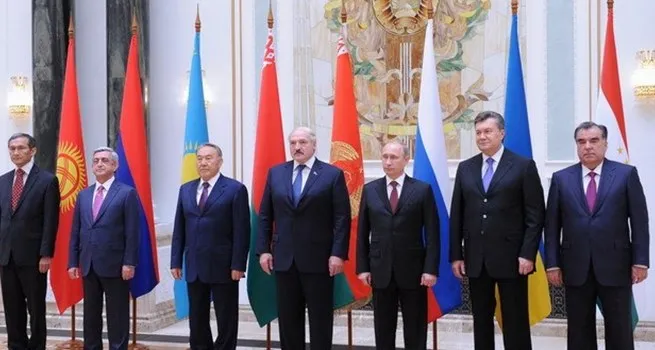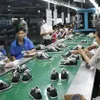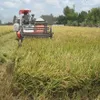Support for Vietnamese firms joining Eurasian Economic Union

The deal, which takes effect in 2016, offers the opportunity for Vietnamese goods to more easily access Russia, Kazakhstan and Belarus. The country’s textile and steel sectors are likely to experience the biggest impacts from the agreement.
The Free trade agreement between Vietnam and the EEU was signed on May 29th in Kazakhstan. This is the first FTA the EEU has signed with a country outside of the union. When in effect, 90% of tariffs will be reduced or entirely eliminated. 36% of tariff for Vietnamese textile products to Russia will be immediately lowered to 0% in early 2016. This will make Vietnamese textile cheaper and more competitive in the EEU.
A big challenge for the Vietnamese textile sector is the rules of origin. For example, rules of origin set by the as yet unsigned Trans-Pacific Partnership would require Vietnamese textiles to be produced by yarn made in the country, known as the ‘yarn forward’ rule. This is a big challenge because Vietnamese textiles are currently focusing on garment processing, not in producing yarn and support industries.
Dang Phuong Dung, Vice Chair, Vietnam Textile and Apparel Association said: "We don’t have to worry about the “yarn forward” rule in this FTA. It only requires the product to be cut and sewn in Vietnam. So we hope to see very high grow following this FTA"
If the textile sector sees bright opportunities, the steel industry needs to prepare for massive competition from Russian-made steel products entering Vietnam.
Nguyen Van Sua, Vice Chair, Vietnam Steel Association said: "Vietnamese steel enterprises are generally small and medium sized. Therefore, they don’t have enough financial resources and technology to compete in the global market. We hope that the government can take full advantage of trade barriers to protect domestic production."
One solution for Vietnamese enterprises is to partner with Vietnamese organisations operating in Russia to take advantage of their understanding of the Russian market. The Hanoi- Moscow Trade Centre, established in 2013 in Moscow is an example. Via organising fairs in their 4.9 hectare complex to promote Vietnamese products to the Russian market, they act as a bridge to connect Vietnamese enterprises with Russian partners.
Le Ha Phuong, Representative, Hanoi-Moscow Trade Centre said: "Doing business in Russia is very complicated. The language barrier is also another problem. Therefore, Vietnamese enterprises entering the Russian market needs support from Vietnamese enterprises operating in Russia to understand more about the Russian way of doing business."
The FTA between Vietnam and the EEU is considered beneficial to both sides because the two sides export complementary products, thus avoiding direct competition. Vietnamese businesses export textile, garment, shoes, aquaculture products to the EEU market. The EEU will export raw materials such as oil and gas and steel to Vietnam. From these raw materials, Vietnamese enterprises may improve their position in the global value chain by producing higher value added products.
Tags:





